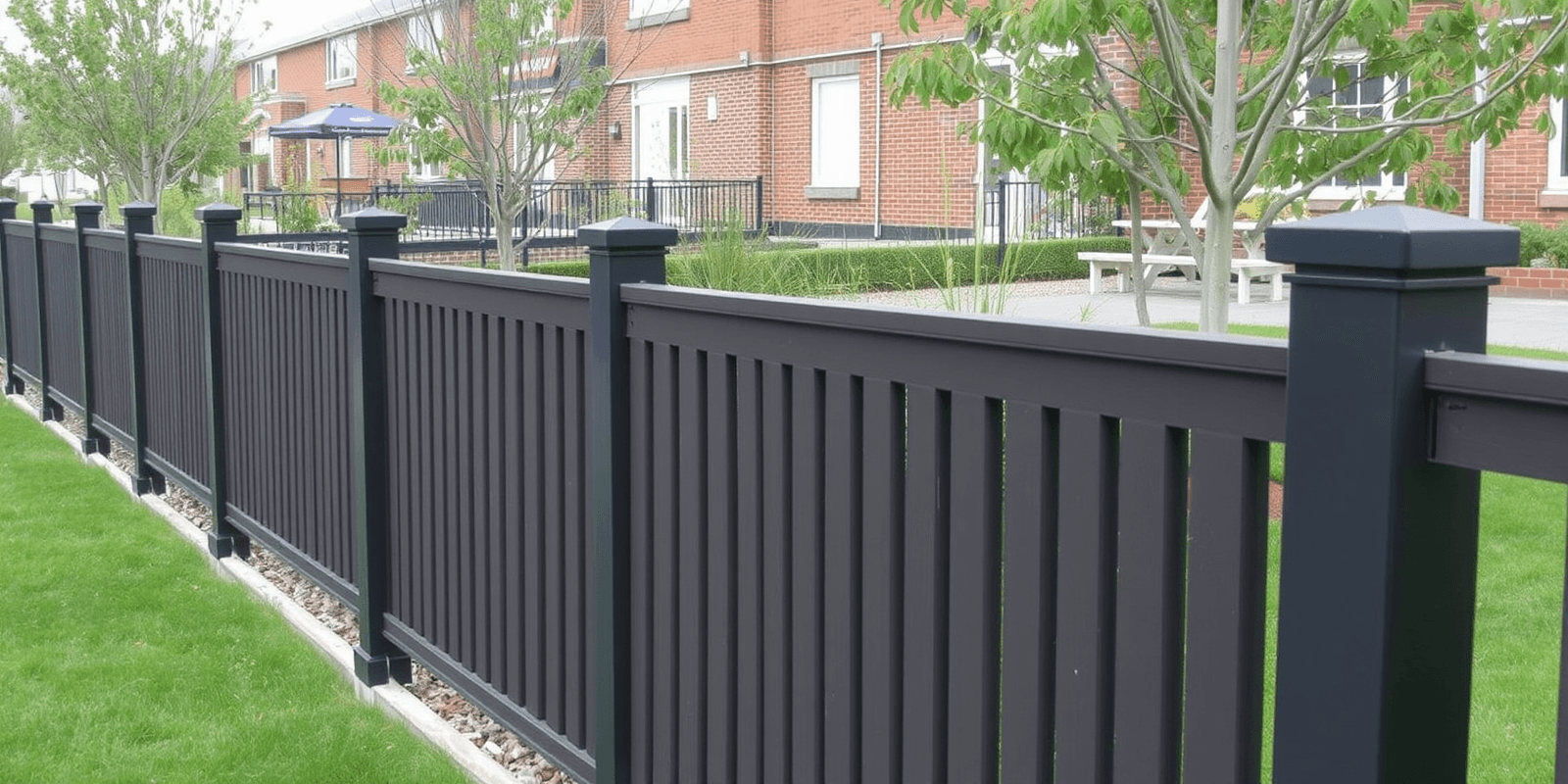The Role of WPC Fencing in Transforming Outdoor Commercial Spaces
Introduction
As businesses increasingly focus on creating inviting and functional outdoor spaces, the choice of fencing materials plays a pivotal role in achieving this goal. Among the myriad options available, Wood Plastic Composite (WPC) fences have emerged as a popular choice due to their durability, aesthetic appeal, and eco-friendliness. This article explores the multifaceted benefits of WPC fences in enhancing the visual appeal and utility of commercial outdoor spaces. By examining real-world examples, we will delve into how these fences can significantly improve customer experiences and increase property values.
Enhancing Visual Appeal and Utility
One of the primary advantages of using WPC fences is their ability to enhance the visual appeal of commercial properties. Unlike traditional wood fences that require frequent maintenance such as painting and sealing, WPC fences are resistant to rot, insects, and moisture. This means they maintain their pristine appearance over time without the need for extensive upkeep. The natural wood-like appearance combined with the durability of plastic makes WPC fences an ideal choice for creating a welcoming atmosphere in commercial settings.
Moreover, WPC fences offer versatility in design. They can be easily customized to match the architectural style of a building or complement the landscaping around it. For instance, a commercial park might opt for a sleek, modern WPC fence to align with its contemporary aesthetic, while a historic district could choose a more traditional design to preserve the area’s heritage. This flexibility allows businesses to create unique and appealing environments that attract customers and enhance their brand identity.
Improving Customer Experience
The presence of well-designed outdoor spaces can significantly impact customer satisfaction and loyalty. WPC fences contribute to this by creating safe, comfortable, and aesthetically pleasing areas that encourage visitors to linger and engage with the business. For example, a shopping mall with a beautifully landscaped courtyard surrounded by WPC fences can provide a serene escape from the bustling indoor environment, fostering a sense of relaxation and enjoyment among shoppers.
In addition, WPC fences can serve practical functions that enhance the overall customer experience. They can define boundaries, guide foot traffic, and create distinct zones within a commercial space. A restaurant patio enclosed by a WPC fence not only offers privacy but also enhances the ambiance, making diners feel more at ease and encouraging them to spend more time on-site. Similarly, a corporate office complex with well-maintained WPC fences can project a professional image and instill confidence in clients and partners.
Increase Property Value
Investing in high-quality WPC fences can also boost the value of commercial properties. As consumers and businesses alike become more environmentally conscious, the demand for sustainable solutions increases. WPC fences, being made from recycled materials, appeal to this growing trend. Their longevity and low-maintenance requirements mean that they represent a cost-effective investment over the long term, which can translate into higher property values.
Furthermore, the aesthetic improvements brought about by WPC fences can make a significant difference in property appraisals. Real estate agents often highlight features like attractive fencing when marketing commercial spaces, as these elements contribute to the overall curb appeal and desirability of a location. Thus, incorporating WPC fences into a commercial property can yield tangible financial benefits.
Real-World Examples
Several notable examples illustrate the transformative power of WPC fences in commercial settings. The High Line in New York City, a popular urban park built on a historic freight rail line, features custom-designed WPC fences that blend seamlessly with the surrounding architecture while providing safety and privacy for park-goers. Similarly, the Westfield Century City shopping center in Los Angeles utilizes WPC fences to demarcate different retail areas and create distinct shopping experiences for visitors.
Conclusion
In conclusion, WPC fences play a crucial role in transforming outdoor commercial spaces by enhancing visual appeal, improving customer experiences, and increasing property values. Their durability, aesthetic versatility, and eco-friendly nature make them an excellent choice for businesses looking to create inviting and functional outdoor environments. As more organizations recognize the benefits of WPC fencing, it is likely that we will see continued adoption and innovation in this field.

